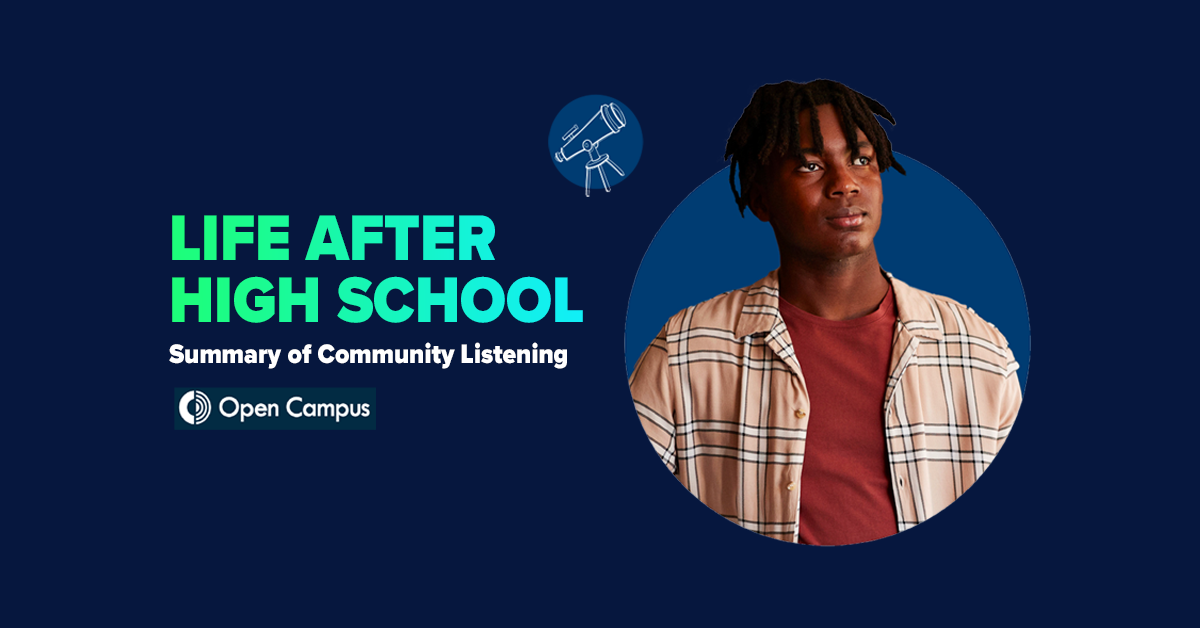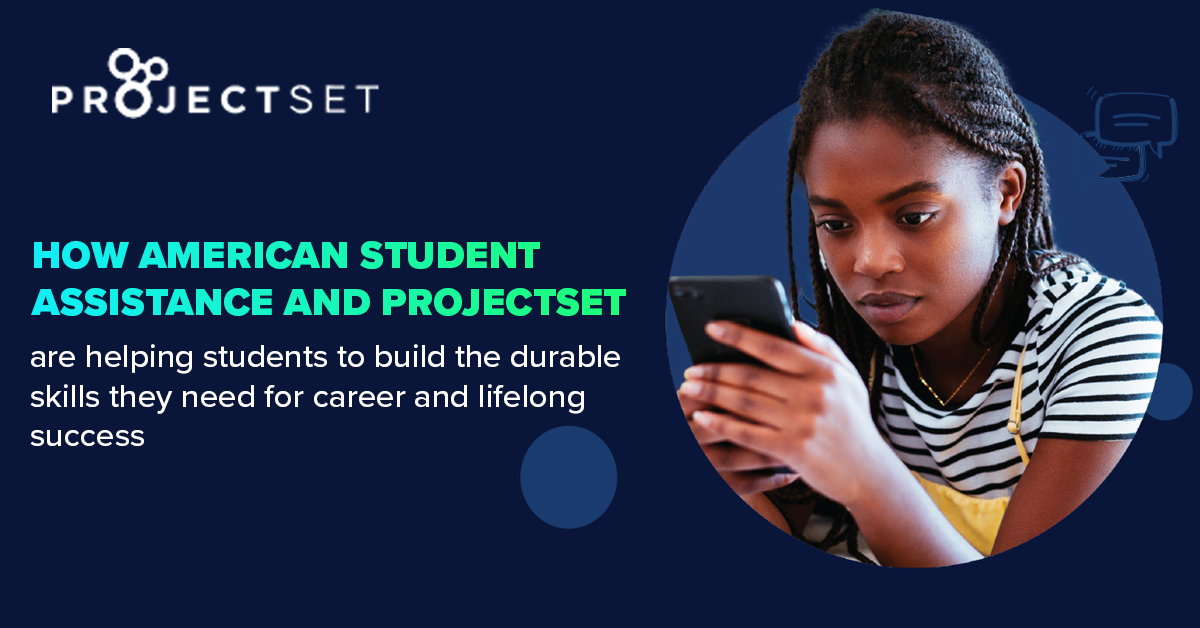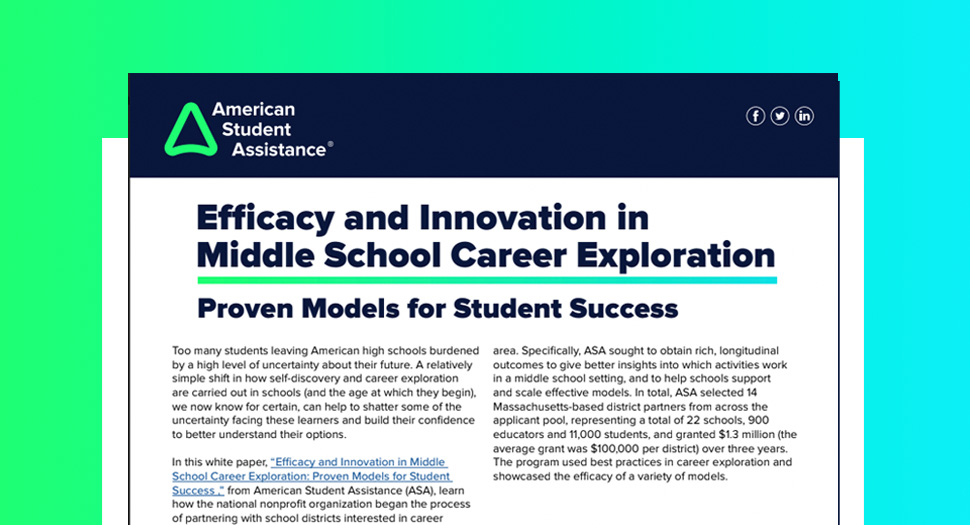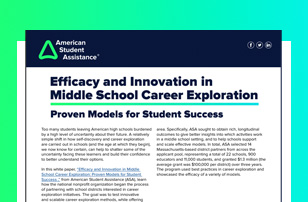Too many students are leaving American high schools burdened by a high level of uncertainty about their future. This is evidenced by the estimated 10 million “opportunity youth” between the ages of 16 and 24 who are neither employed nor in school. Today, that number represents around one in three young people.1 The pandemic has functioned as an accelerant of future uncertainty and of the factors impacting young peoples’ decision-making. (In 2018, there were thought to be 4.8 million opportunity youth2, demonstrating that a more than two-fold increase in young people neither in school nor the workforce has likely manifested in the years between 2018 and 2021.) With uncertainty, of course, comes stress. Some 80% of educators now agree that high schoolers are “overwhelmed” with education and career decision-making.3 Even prior to the pandemic, over a third of students were stressed (37%), just under a third (31%) felt fearful, and a full quarter reported feeling entirely overwhelmed about their post high-school options. This stress extends into the workforce, where —in 2019— just 27% of college graduates were working in a field related to their major, and 41% of college graduates were working in a position that didn’t even require a college degree.5 At the crux of the uncertainty crisis are two critical questions that can help alleviate the burdens placed on educators: What more can we do in schools to help prepare young people for the real world? And what really works?
Check out these related articles


Life After High School: A Summary of Community Listening
American Student Assistance® (ASA), a national nonprofit changing the way kids learn about careers and prepare for their futures, and Open Campus, a nonprofit news organization dedicated to improving local coverage of colleges, have announced key findings of the Life After High School project. The initiative aims to provide a better understanding of how teens […]




How American Student Assistance and ProjectSet are helping students to build the durable skills they need for career and lifelong success
American Student Assistance® (ASA) and ProjectSet established a partnership in 2023 to initiate middle and high-school students into the world of Durable Skills. ProjectSet designed and delivered a suite of work-based learning tasks and activities for EvolveMe®, ASA’s career experimentation and skill-building platform. Launched in 2023, EvolveMe is an award-winning, platform that incentivizes young people […]

